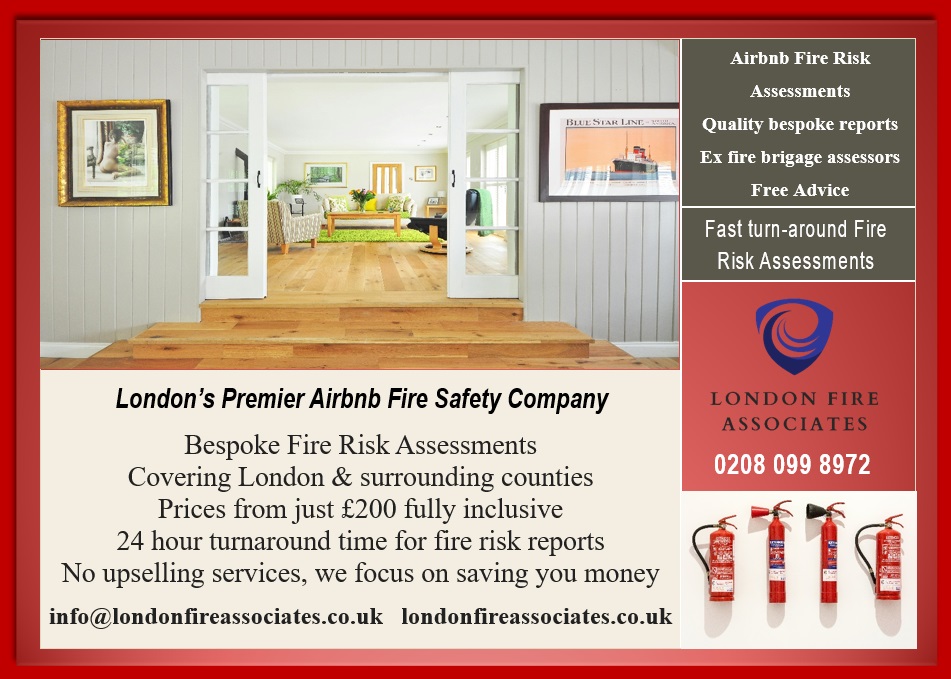Electrical fires are the fifth leading cause of fires in commercial buildings. One of the biggest problems with electrical fires is that they rarely provide the owner/occupant with any advance warning that a fire is imminent. Wiring, equipment, and appliances which have worked perfectly for years can fail and cause a fire.
Common Locations of Industrial Electrical Fires
Electrical fires can occur anywhere there is electrical service. Some of the more common locations in an industrial setting are:
- Electrical Panels (includes Power Control Centres, Motor Control Centres, Programmable Logic Controllers, etc.)
- Transformer Rooms
- Cable Trays / Cable Vaults
- Motors and Drivers
Primary Causes of Industrial Electrical Fires
Electrical fires can be caused by a myriad of problems. However, there are some common denominators that are the underlying cause(s) of many electrical fires. These include:
Overloaded Systems or Circuits
Wiring, electrical panels, and circuits are designed for a specific maximum load. It is common for commercial buildings and industrial facilities to add equipment to existing electrical service without considering the additional electrical load(s). Most electrical panels have overload protection built in. However, if this protection fails, the overload can cause a fire.
Poorly Maintained or Outdated Equipment
Probably the largest cause of industrial electrical fires is a failure to maintain electrical equipment. Wires that are in poor condition, frayed, kinked, or otherwise damaged can cause a fire. Similarly, in dusty environments, excessive dust at connections can cause arcing or short circuits.
Old or antiquated electrical equipment is another leading cause of electrical fires. Equipment with motors should be monitored, maintained, and replaced after the applicable number of running hours according to the manufacturer’s schedule/instructions.
Arc Flashes
Arc flashes are highly dangerous and damaging events. They generally are caused by an air gap between conductors as a result of either: vibration over time; excessive dust build-up on the conductor surfaces; and/or poor maintenance.
When any of the above conditions exist, an arc flash may suddenly occur upon engaging or disengaging a switchgear. They can also occur instantaneously when a worker drops a tool while working in an electrical enclosure, dislodging the connection between the conductor surfaces.
Workers can be seriously injured or killed by arc flashes. The extreme temperature and pressure wave can also cause catastrophic damage to equipment as well as start secondary fires.
Electrical Fire Warning Signals
In some instances, equipment and wiring will provide warning signals that there is a problem. These should NEVER be ignored and ALWAYS be addressed immediately by a qualified electrician. Clues that electrical equipment is malfunctioning may include:
- Excessive heat on the electrical panel or around a motor or other electrical equipment
- Unusual odours around electrical equipment
- Repeated tripped breakers or blown fuses
- Unexplained power outages
Sluggishly performing motors and/or appliances
NOTE: If you notice ANY of the warning signs listed above or other signals that there is an electrical problem, stop or isolate the equipment if possible. Then immediately consult a qualified electrician.
What do you do in the event of an industrial electrical fire?
General Steps
1. Sound the alarm, evacuate personnel, and notify the fire brigade. 2. Isolate the power. This should only be performed by qualified personnel. 3. In all cases, follow local procedures. 4. If at all possible and available, let the fixed fire protection system suppress the fire. One of the most effective solutions for industrial electrical fire is a condensed aerosol fire suppression system.
Electrical Cabinet Fires
Depending on the size of the electrical enclosure, electrical cabinets can be protected by a direct application system mounted on individual equipment or a total drenching system that protects an entire room. These systems are generally automatically activated in the event of fire, but manual systems are also available.
The clear and tremendous advantage of fixed fire suppression system is that they automatically and quickly detect the fire and discharge the extinguishing agent to swiftly suppress the fire in its early stage.
Other Types of Industrial Fires
In addition to electrical cabinets and transformer rooms, cable trays and cable vaults also pose an enclosed special hazard. When fires occur in these or any other industrial electrical settings, they cannot be easily or safely extinguished with conventional means such as water sprinkler systems.
The most effective and safest response to an industrial electrical fire is an installed fixed system that is always on duty in the event of a fire. Fixed fire suppression systems are uniquely designed to utilize systems rather than people to extinguish industrial electrical fires.
A thorough fire risk assessment by one of London’s leading fire risk assessment companies can assist you in preventing an electrical fire occurring in your workplace. At London Fire Associates we carry out thorough fire safety inspections and produce detailed fire safety reports. This will show you where the potential causes of fire may come from. This then allows you to address these issues before they could become problematic.
Being ex – London fire brigade inspecting officers, our specialist London fire risk assessors know all about how easily and quickly electrical fires can start and then spread.








